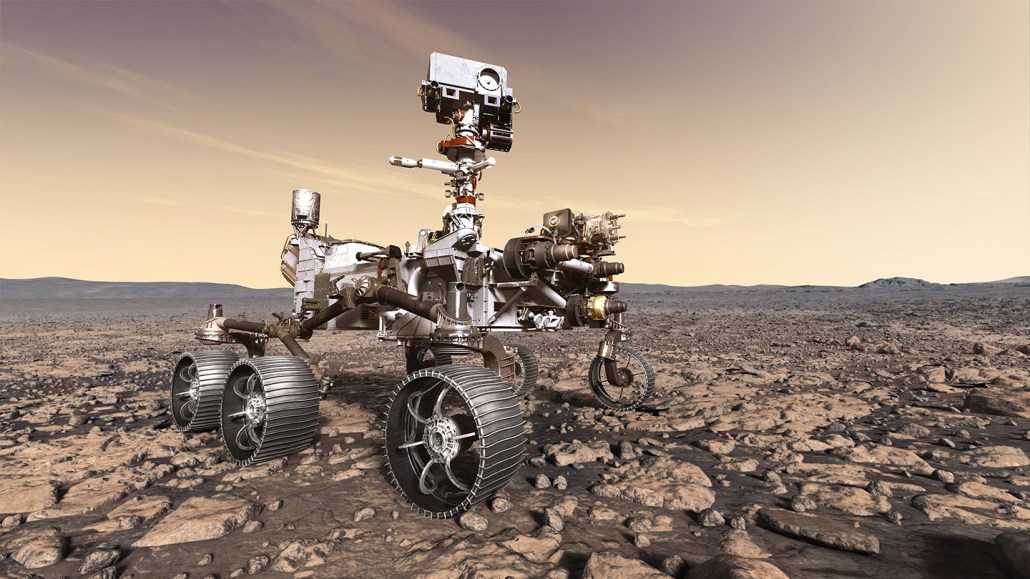NASA’s Perseverance rover has touched down on Mars
The landing marks the third spacecraft to arrive at Mars within two weeks

NASA’s Perseverance rover (illustrated) will land in Jezero crater, Mars, on February 18.
JPL-Caltech/NASA
The landing marks the third spacecraft to arrive at Mars within two weeks

NASA’s Perseverance rover (illustrated) will land in Jezero crater, Mars, on February 18.
JPL-Caltech/NASA